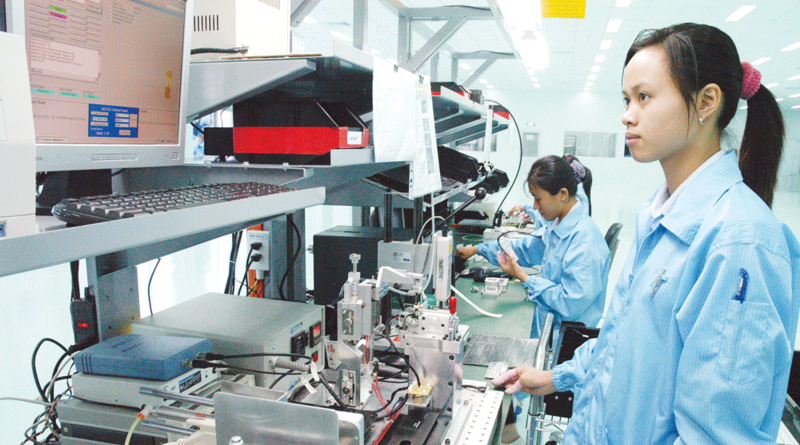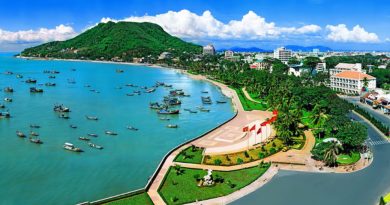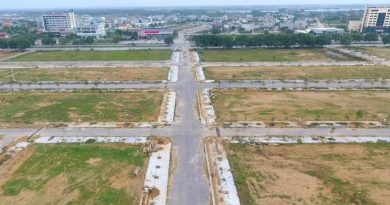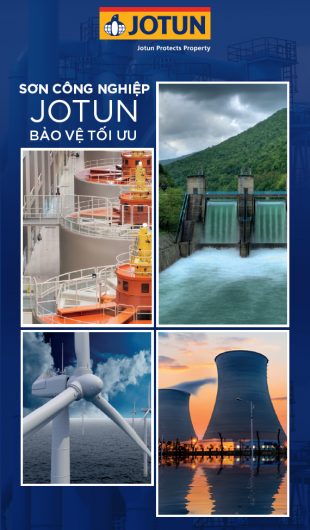Opportunities to welcome high-quality FDI capital with EVFTA
The capital flows from Europe are expected to move into Vietnam more when the EU-Vietnam Free Trade Agreement (EVFTA) takes effect from August 1. However, to attract capital from this area, it requires the Government to improve the investment environment further.
When EVFTA was about 10 days to become effective, the Copenhagen Infrastructure Partners (CIP) of Denmark, on behalf of the New Market Fund I, together with Asiapetro and Novasia Energy, signed a Memorandum of Understanding (MOU) with the People’s Committee of Binh Thuan Province to develop La Gan offshore wind power projects. With an estimated total capital of US$10 billion, the project with a capacity of 3.5GW can enhance the position of Vietnam in the field of renewable energy in the world. And the successful cooperation between CIP, Asiapetro, Novasia Energy, and Binh Thuan in this project will be a foundation to attract other foreign investors to offshore wind power projects across the country.
Earlier, Tesa announced that it would invest about 55 million euros, approximately $60.3 million, to open a high-tech adhesive factory specializing in serving for the electronics and automotive industries. According to the plan, Tesa will start production in 2023 with about 140 employees in the first phase. According to this German-based enterprise, Vietnam offers Tesa good opportunities to shorten the path to customers and suppliers in Southeast Asia and China. Moreover, more and more important customers of Tesa is moving to Vietnam.
Not only new investors but also European enterprises operating in Vietnam continue to expand production, although the global economy is in crisis due to the Covid-19 pandemic. For instance, AkzoNobel, a leading paint and coatings company in the world, last week kicked off the expansion of its factory in Amata Industrial Park in Dong Nai Province to improve technology and production capacity. This is one of the strategic industrial wood paint factories of the Netherlands-based AkzoNobel, providing paints for the whole Southeast Asia region. Besides wood paints, the factory also offers other performance coating products, including coil coating for steel structure, marine coatings, and protective coatings.
AkzoNobel’s Asia Operations Director, Frederic Moreux, said the project once again affirms the company’s commitment to growth in the Vietnamese market. Through upgrading and expansion, AkzoNobel’s factory in the Amata Industrial Park will play the role of a multifunctional factory, effectively supporting the Group’s business activities in the region in the future. Noticeably, this expanded area will be a green factory built with equipment under advanced sustainable development standards, such as solar power, rainwater harvesting system, and solvent recovery system. At the same time, the factory will apply the process and system of raw material management that helps minimize packaging waste.
Many other enterprises that are already present in Vietnam, such as Bosch, Sonion, Nestlé, FrieslandCampina, and Unilever have also increased investment expansion, partly showing the confidence of European enterprises in the investment environment in Vietnam. As of May this year, the EU has more than 2,000 valid projects in Vietnam with a total investment capital of $21.66 billion.
According to Jean-Jacques Bouflet, Vice Chairman of the European Chamber of Commerce in Vietnam (EuroCham), the latest survey reports on the Business Climate Index (BCI) show that European businesses have had positive assessments about the potentials as well as the investment and trade environment of Vietnam. EuroCham affirmed that it commits to long-term cooperation to build the win-win business community in the future, at the same time, continue to promote Vietnam to become an open and competitive destination in the eyes of foreign investors.
The effective EVFTA is expected to help Vietnam to receive more quality investment capital flows from EU investors. Noticeably, after the Covid-19 pandemic, investors started to realize the importance of diversifying their supply chains, avoiding focusing on a single market. Vietnam has more advantages compared to other countries in the region in attracting capital from this market. However, in the context that the Covid-19 pandemic develops complicatedly and shows no sign of ending, the capital flow from this FTA push is forecast to be unavailable at this time.
On the other hand, according to Ambassador Pier Giorgio Aliberti, Head of the Delegation of the European Union to Vietnam, the high-quality FDI capital flow from the EU will flow into Vietnam when trade between the two sides increases. Because investment often comes after commercial activities. When there are strong trade activities, new investors will begin to pay attention to investment. Moreover, the EU-Vietnam Investment Protection Agreement (EVIPA) which reassures European investors to pour capital into Vietnam, has not been approved with the EVFTA, but it has to wait for the approvals of the parliament of member countries to go into execution.
In the long term, according to experts, the opportunity to attract capital flows from the EU is very large. In the region, besides Singapore, only Vietnam has an FTA with the EU. Meanwhile, Singapore only focuses on the service sector, EU enterprises which want to move production from China will think of Vietnam. However, experts say that the decision to shift investment to a certain country is a complicated one, based on many factors. Of which, tax incentives are only a small part, EU enterprises will pay special attention to the investment environment, transparent administrative procedures, the ability to enforce and resolve disputes, and the ability to predict policies.
Analysts said that EU partners have advantages in source technology, high technology, clean technology, as well as transparency in law enforcement, and commitment implementation. Therefore, FDI capital flows from the EU through projects can help Vietnam access and catch up with the new development trends of the world, promote economic development without hurting social and environmental objectives. However, in the opposite direction, according to EuroCham Vice Chairman Nguyen Hai Minh, there are three major issues that EU investors are concerned about when coming to Vietnam, including the quality of infrastructure, the quality of human resources, and administrative procedures.
These issues are not only for EU enterprises but also for the foreign investors’ community in Vietnam. However, they cannot be improved overnight. EU investors want a predictable, stable, and business-friendly investment and trade environment.
Mr. Nicolas Audier, Chairman of the EuroCham, said that if the recommendations of EuroCham members are considered to be resolved, they will help Vietnam to fully exploit the benefits of EVFTA and move further and faster on the path of growth and development.









